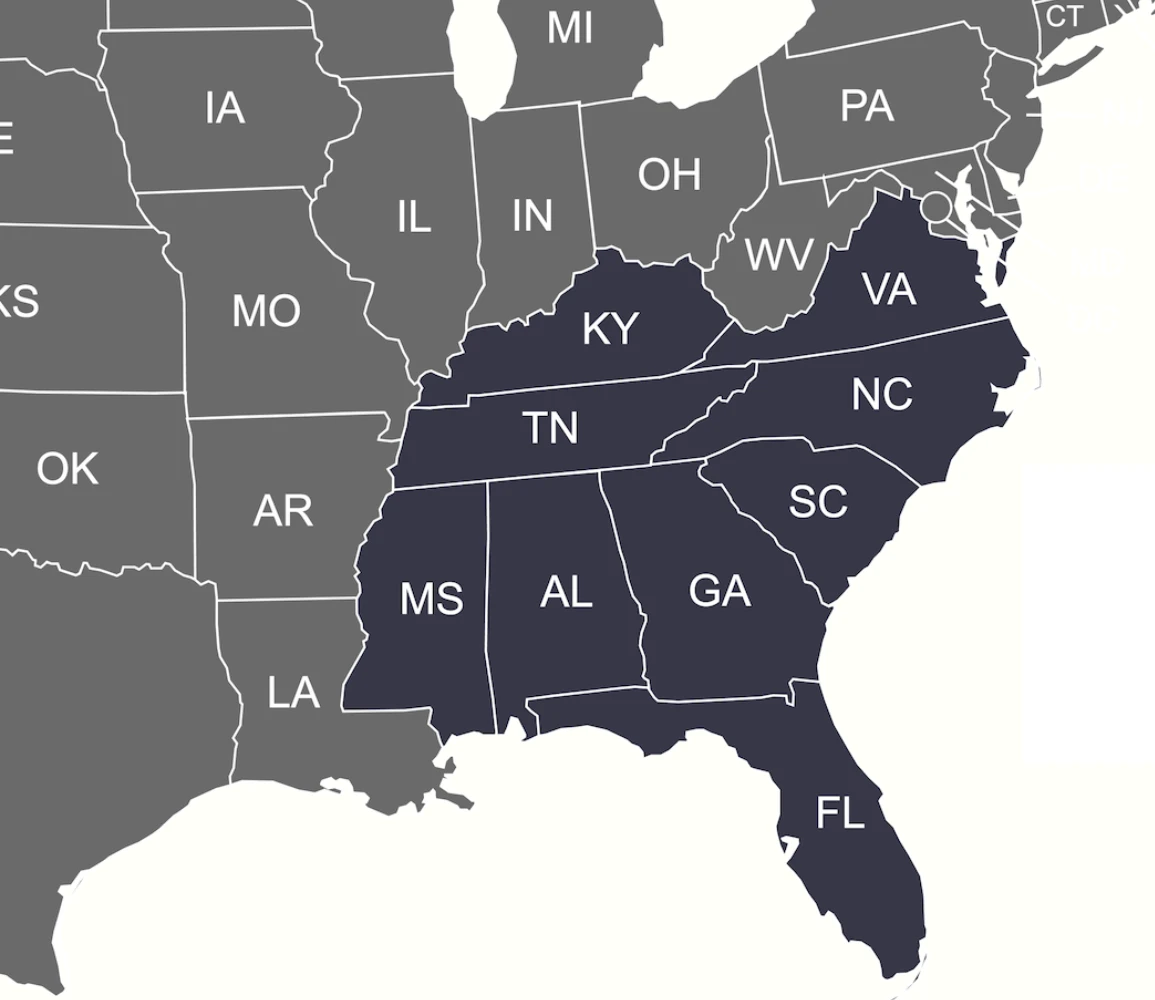Engineered fill, also called low density cellular concrete, cellular grout, and flowable fill, provides nearly unlimited geotechnical applications to suit project needs. The material is both lighter and stronger than traditionally compacted soil and flows easily into all spaces, eliminating potential voids. In addition, it is cost-competitive both during installation and throughout the life of the product.
Applications of Engineered Fill
Cellular concrete’s low density and high strength make it ideal for a wide variety of fill applications. Here are a few of the most common:
- MSE Retaining Wall Backfills: Engineered fill reduces the lateral load exerted against retaining walls and other structures.
- Pipe Trenching: Engineered fill is ideal for pipe trench and shaft fills. Due to its low density, it can easily be excavated for future repairs.
- Plaza Decks and Parking Garages: Low-density cellular concrete can meet specific load parameters and restrictions, and is often used for structurally supported plaza decks.
- Soil Stabilization: Engineered fill more evenly reduces loads over poor soils, and the mix design can be modified based on the behavior of the geomaterial at the site.
- Bridge Approach Fills: Engineered fill is used to decrease local settlement on bridge approaches. Cellular concrete is an excellent choice for load compensation applications, especially in areas with weak soils or natural voids.
- Roadway Fills: Lightweight cellular concrete enhances roadway resilience by creating a load-balancing base that distributes loads evenly across the roadway.
- Weight Reducing Fills/Culvert Fills: Engineered fill is an effective solution for culvert fills due to its load reduction, crack prevention, and settlement control capabilities.
- Landscaping and Plaza Fills: Plaza fills benefit from cellular concrete’s lightweight and stable properties, which reduce soil load and allow for more creative landscaping design.
- Void Fills/Tunnel Fills/Utility Fills/Mine Fields: Cellular concrete is highly flowable and can be pumped at great distances, making it the ideal choice for underground void fills.
- Underground Fuel Tank Fills: Engineered fill is a common choice to fill abandoned fuel tanks, such as gasoline, oil, and diesel tanks, which are typically found under gas stations or in rural areas.
- Thermal Encapsulation and Thermal Remediation: Engineered fill can insulate materials in a protective barrier to prevent thermal leakage and improve system performance.
Why Choose SERD Engineered Fill Over Other Fill Options?
Generic flowable fill can only be pumped about 100 feet away and offers lower performance compared to SERD engineered fill. We optimize the weight, strength, and flowability of engineered fill to reduce horizontal loads and lateral force. Our engineered fill also offers excellent thermal conductivity.
Pre-Spec Services for Engineered Fill
Our team of experts works with geotechnical and civil engineers to design the proper fill material prior to the start of the project. Selection of the proper cast identity for the various portions of the project is important to our team so we deliver products that are not only the highest quality, but also cost-effective. Our engineered fill design assistance includes:
- Class/density selection
- Guide specifications
- Budget pricing
- Contractor field support
Where We Work
We’re a leading installer of roof decks and engineered fill across the Southeast, including Alabama, Tennessee, Kentucky, Virginia, Mississippi, Western Carolinas, North Georgia, and the Florida Panhandle. If you have a project outside that region, contact our sales team to discuss our capabilities.





